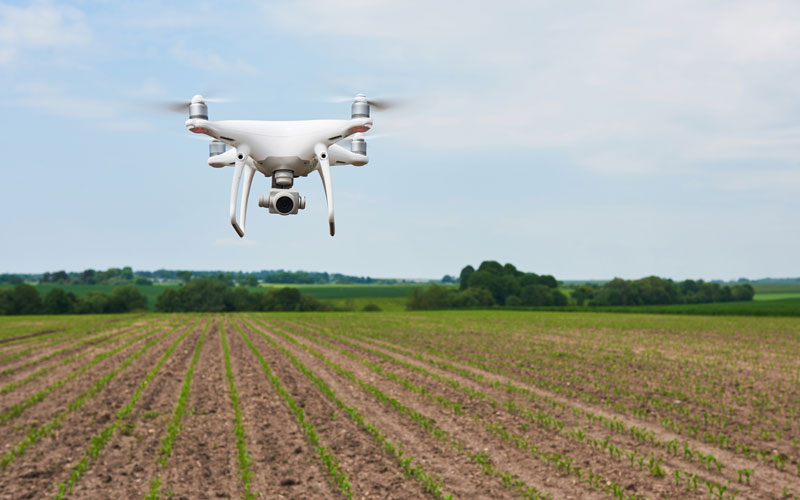
Area overview.Digital Innovation for Agriculture.
Agricultural production systems are currently facing urgent and significant challenges to increase the yield on shrinking farmable land to feed a growing world population with increasingly demanding consumption habits. The UN expects the global population to grow to grow to 8,6 billions by 2030 and 9,8 billions in 2050 (UN 2017). Agricultural production also needs to increase its resilience towards climate change effects while reducing its own ecological footprint. In order to increase sustainability it is critical to exploit the potential while preserving natural resources in a technology driven, knowledge-based interventions with maximal positive impact to the yield and minimal negative impact to the environment.

Facts & Figures.Indicators for Agriculture.
Eurostat report states (Eurostat 2016) that the economically largest farms in EU located in the Netherlands, Denmark, Belgium, Czech Republic, Germany, Luxemburg, France and United Kingdom generate an average standard output ranging from 303.800 € (The Netherlands) to 117.800 € (United Kingdom). At the other end of the range, for 10 EU Member States the average economic size of farms was within the range of 10.000 € –15.000 €, except for Romania, where farms averaged 3.300 € of standard output. Thus, the average economic size of farms in the Netherlands was approximately 92 times larger than in Romania.

Our mission.ESDALAB DIH for Digital Innovation in Agriculture.
ESDALAB DIH supports such intelligent farms by following the Industry 4.0 paradigm of producing customized products as efficiently as with mass-production; or, in agricultural terms, carrying out many, small-scale and precise interventions as efficiently as one large-scale intervention. These intelligent farms can be part of the ecosystem of the Internet of Things, cloud computing and digital economy, not only by exploiting collective data and knowledge to improve agricultural decision making, but also by contributing to collecting data and acquiring knowledge. This approach requires immense number of multimodal devices able to deliver high computing capacity and low energy.

